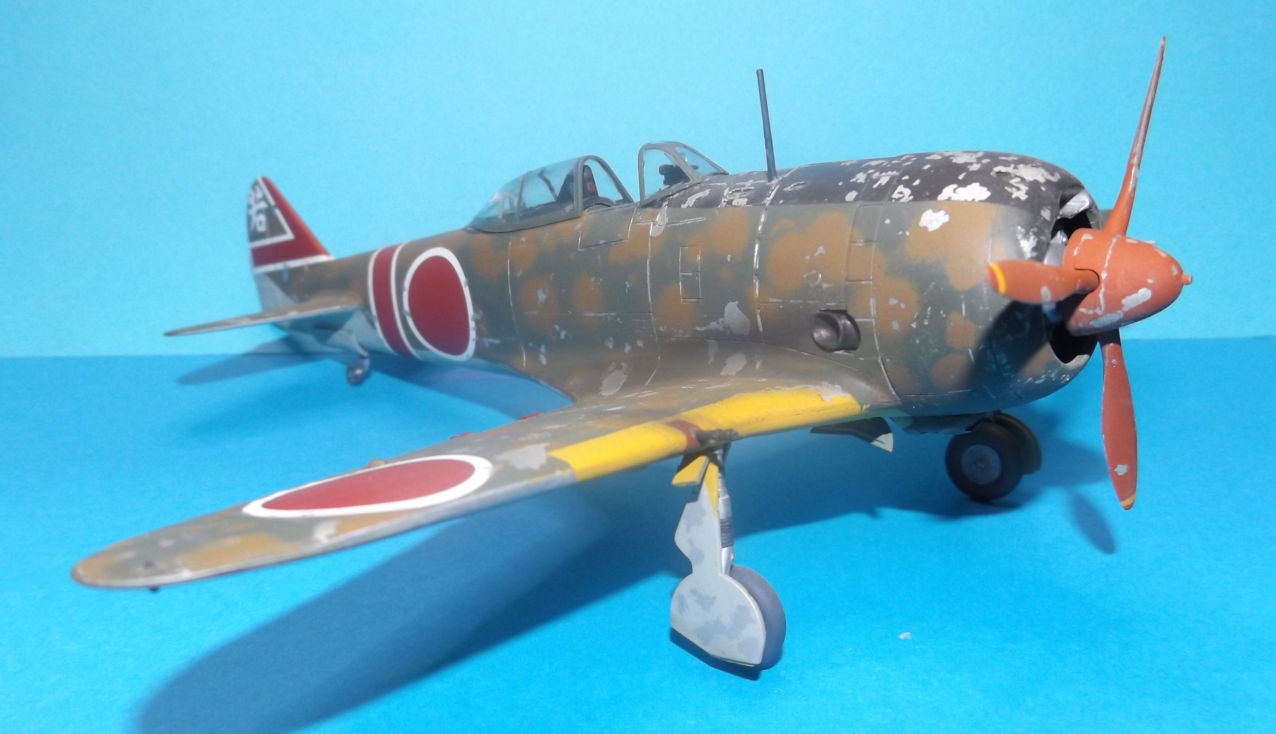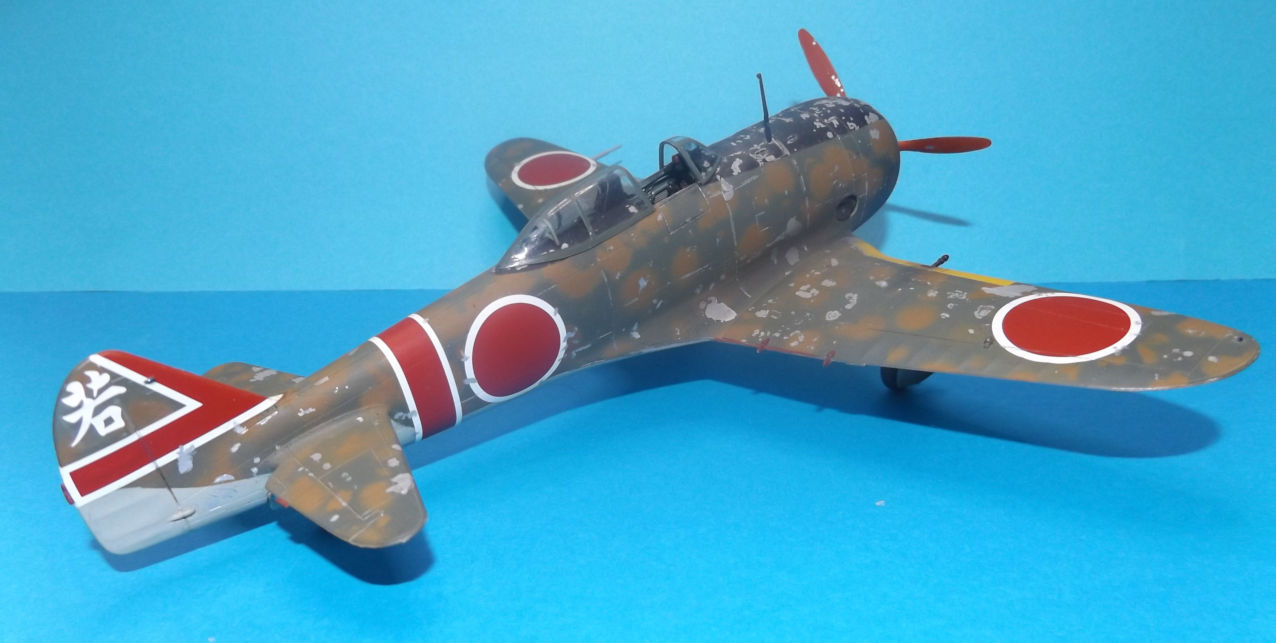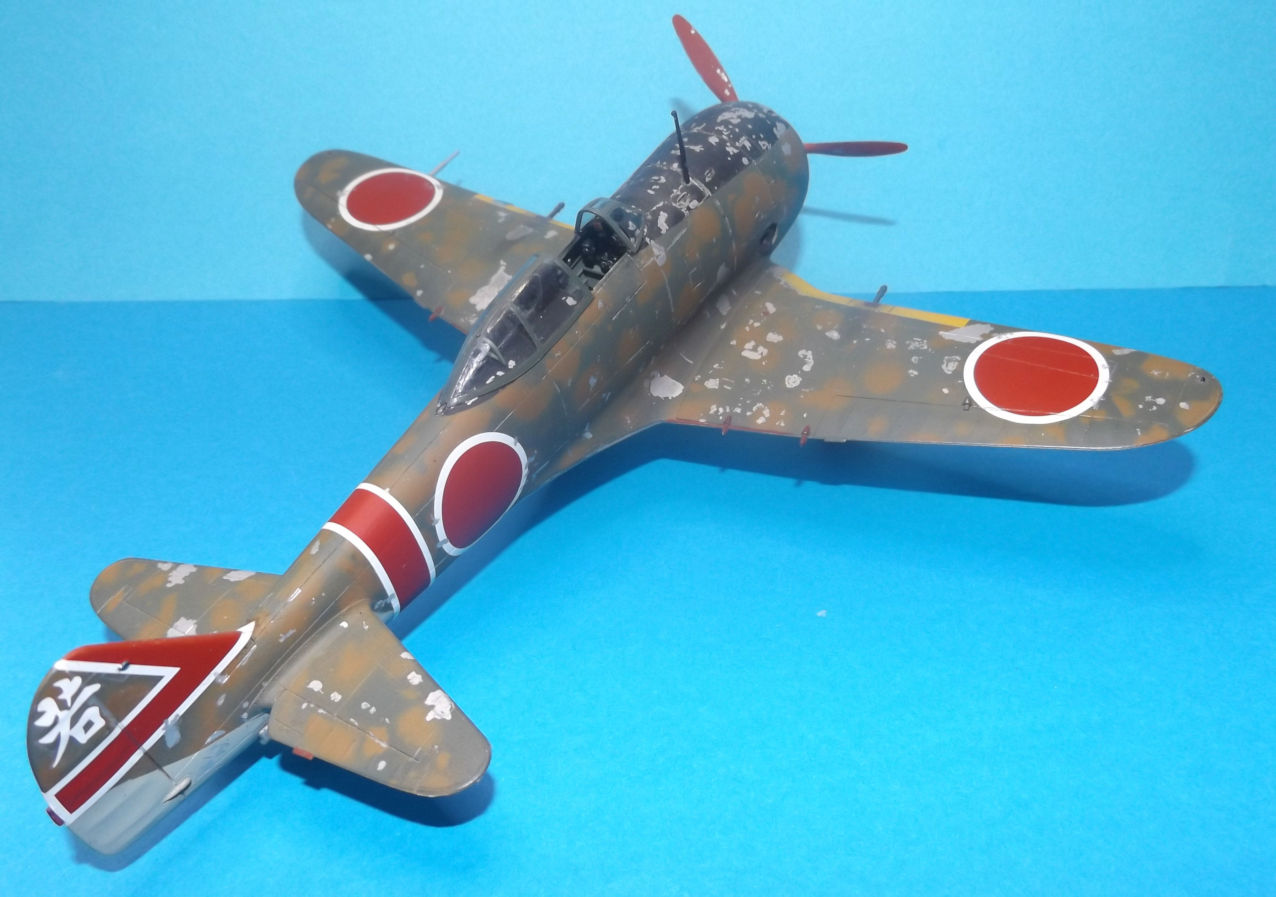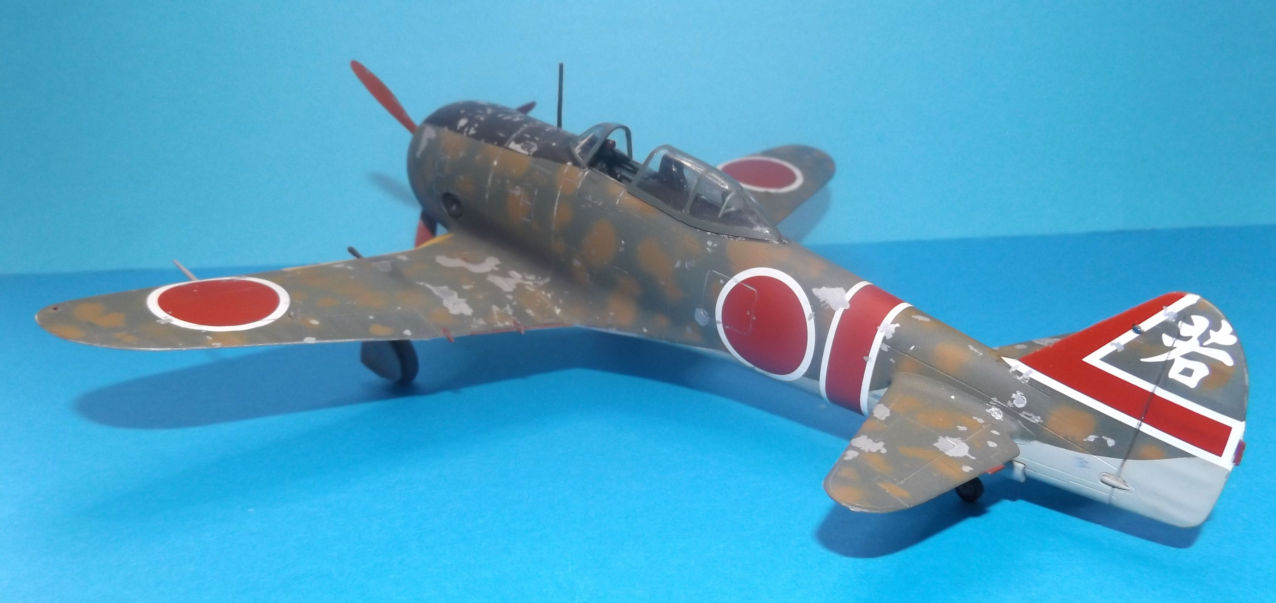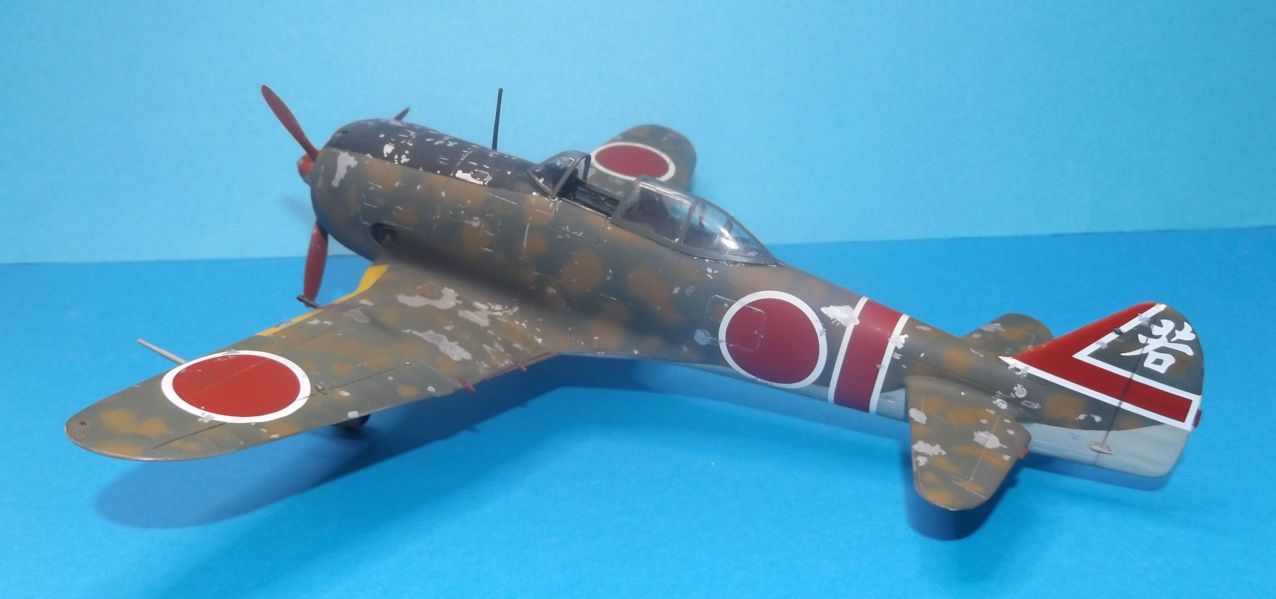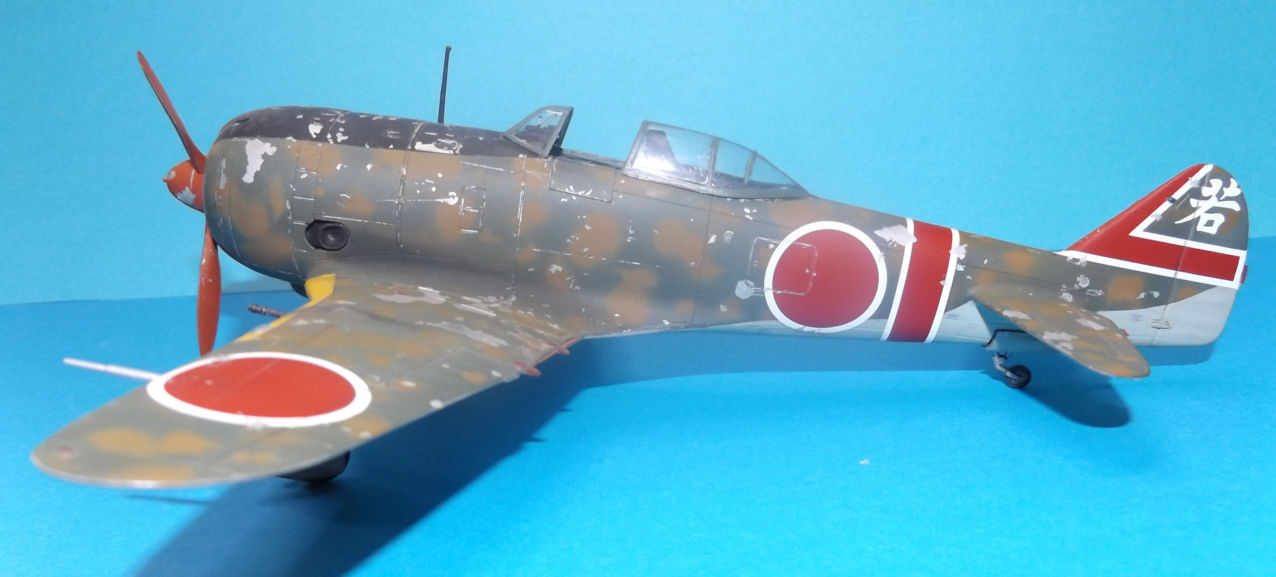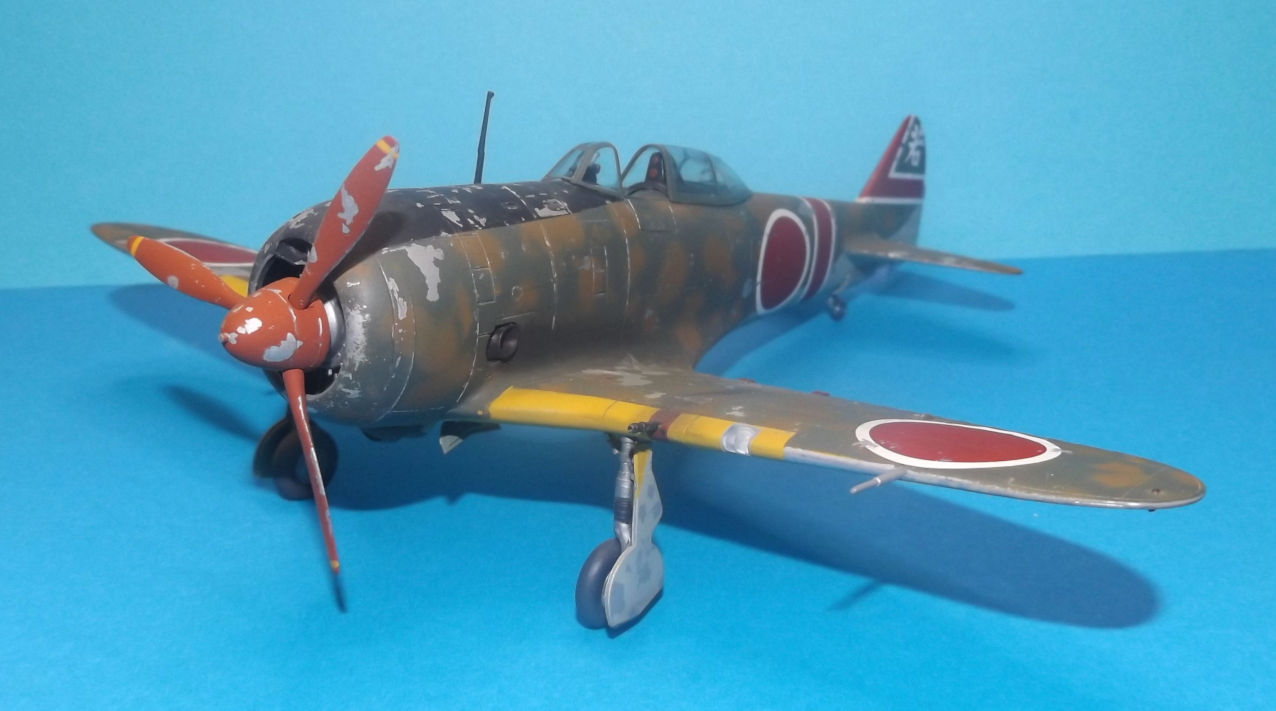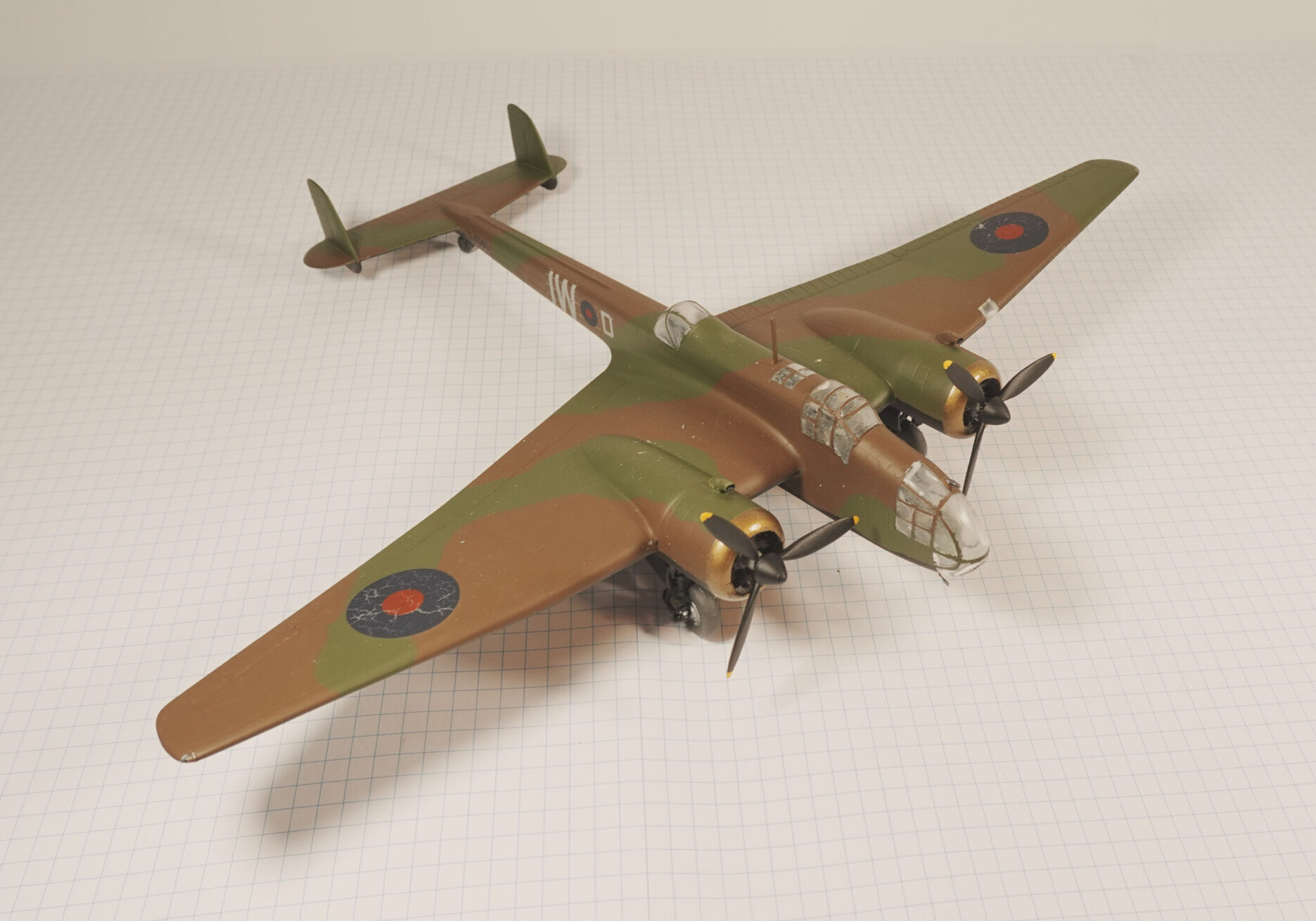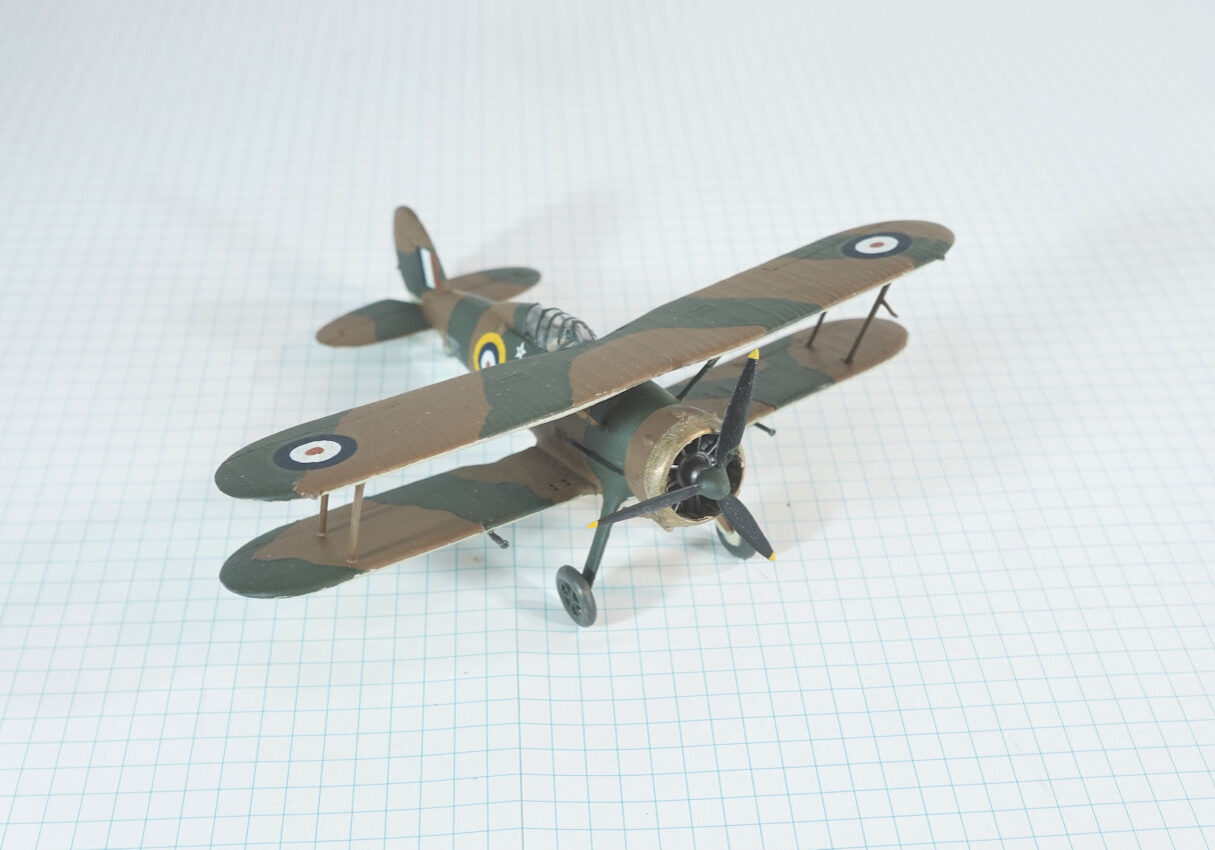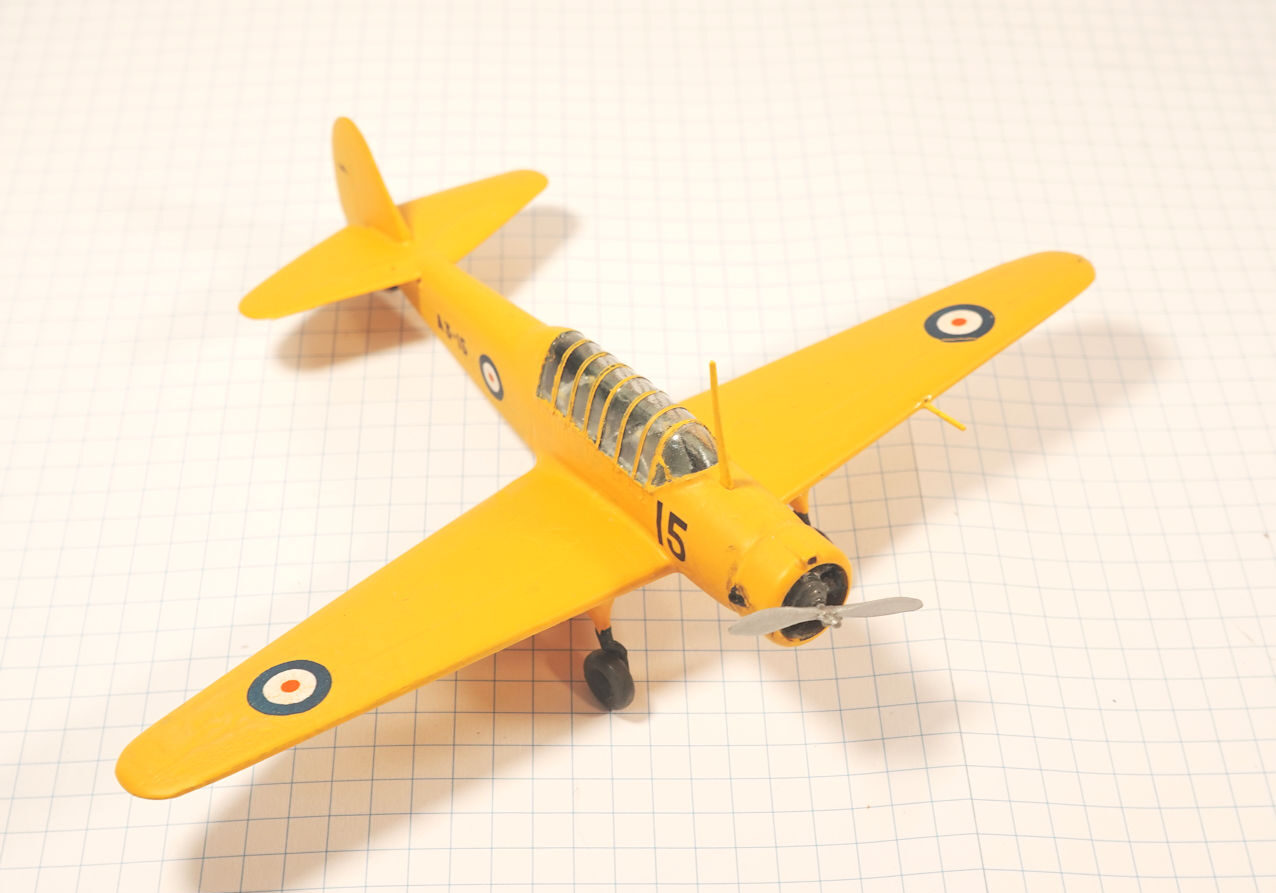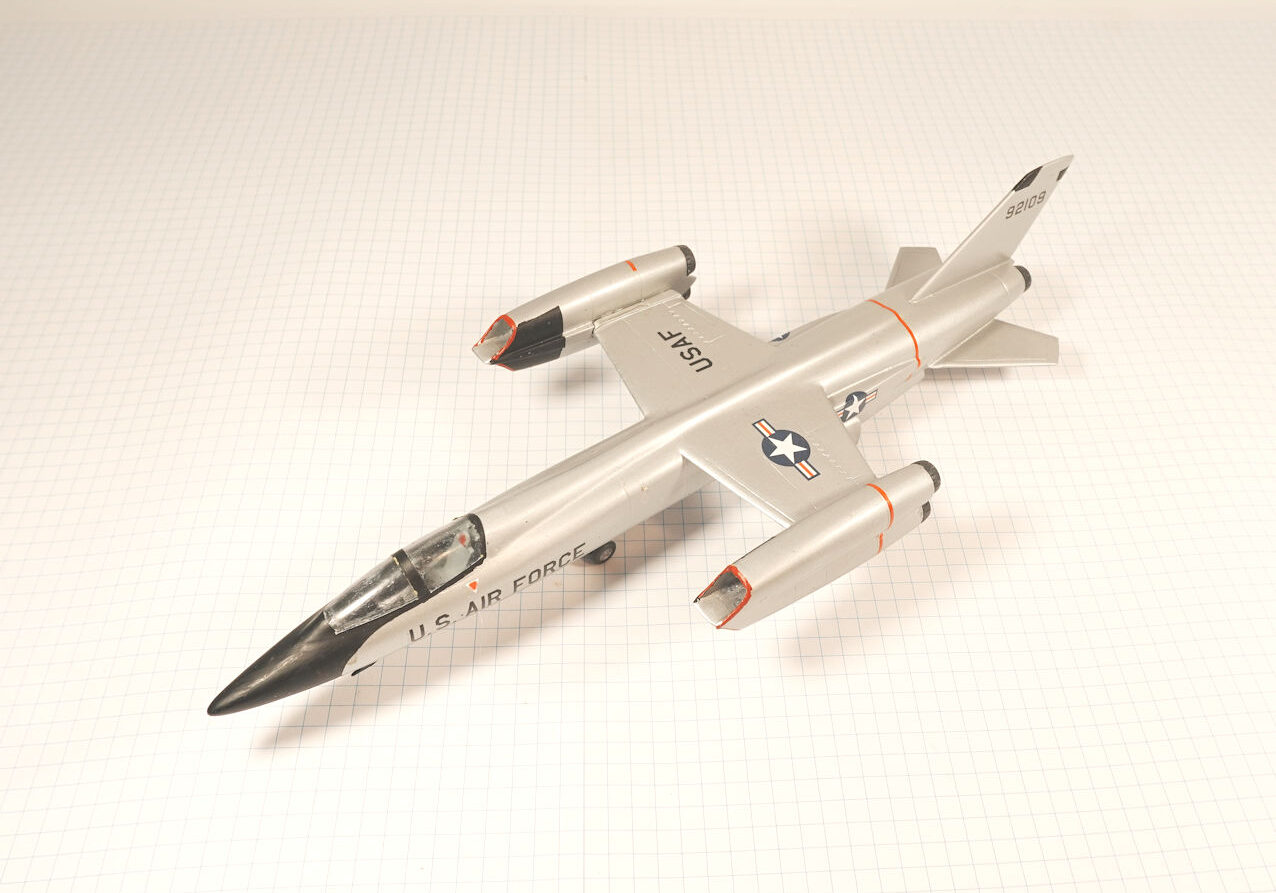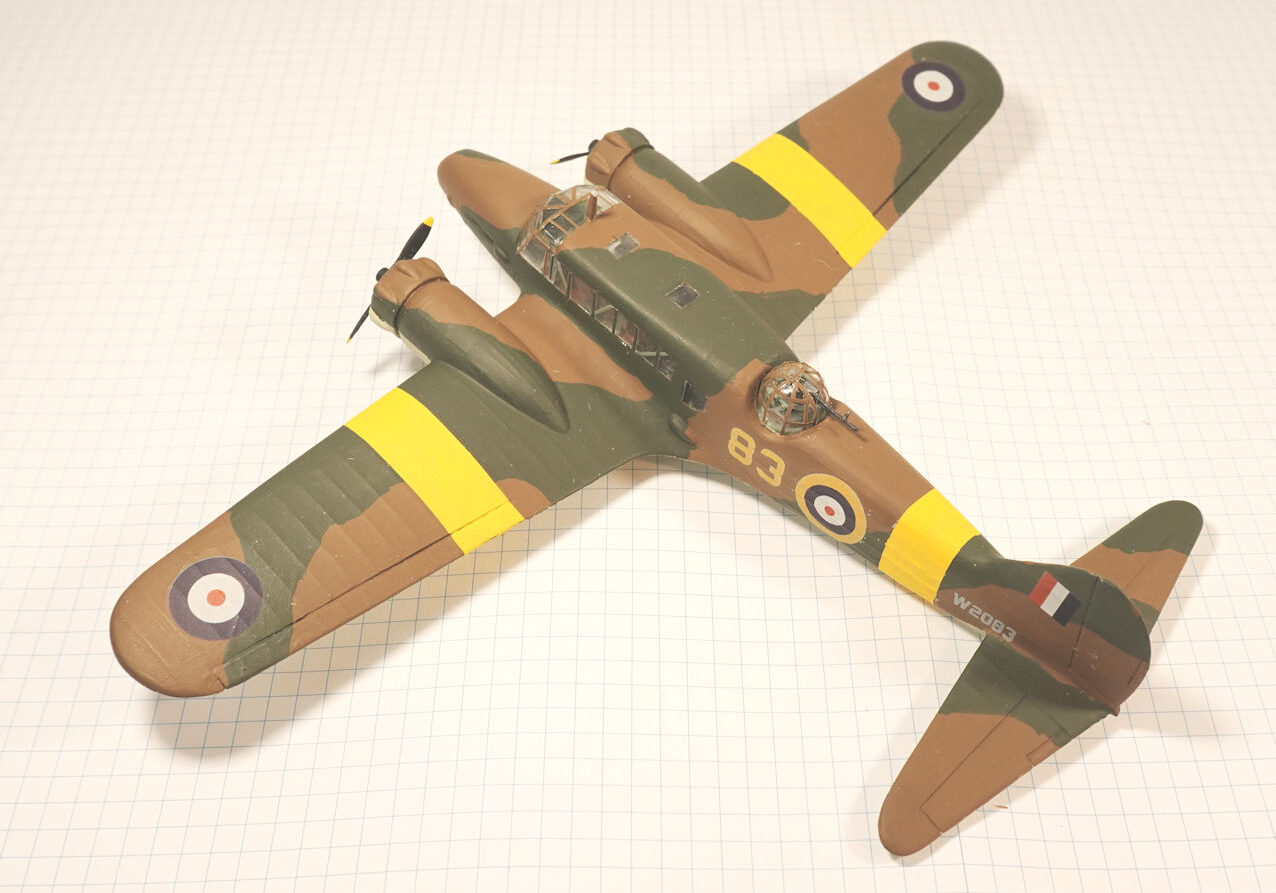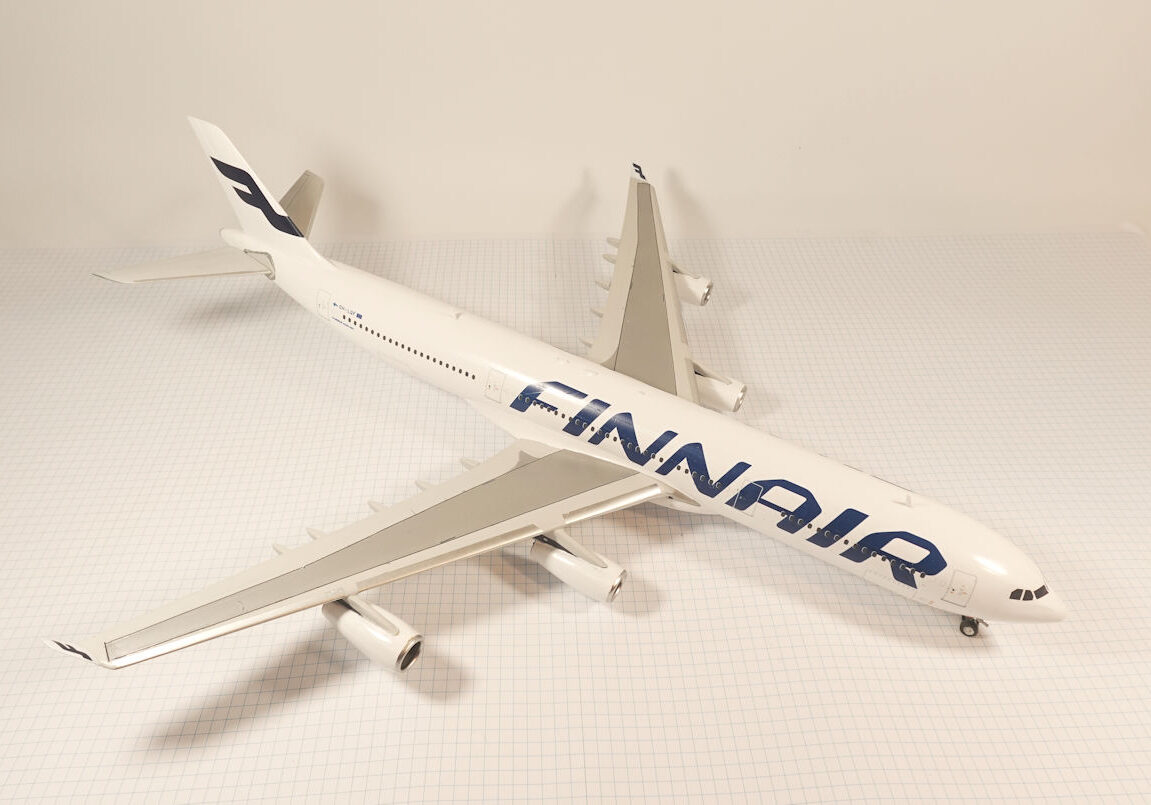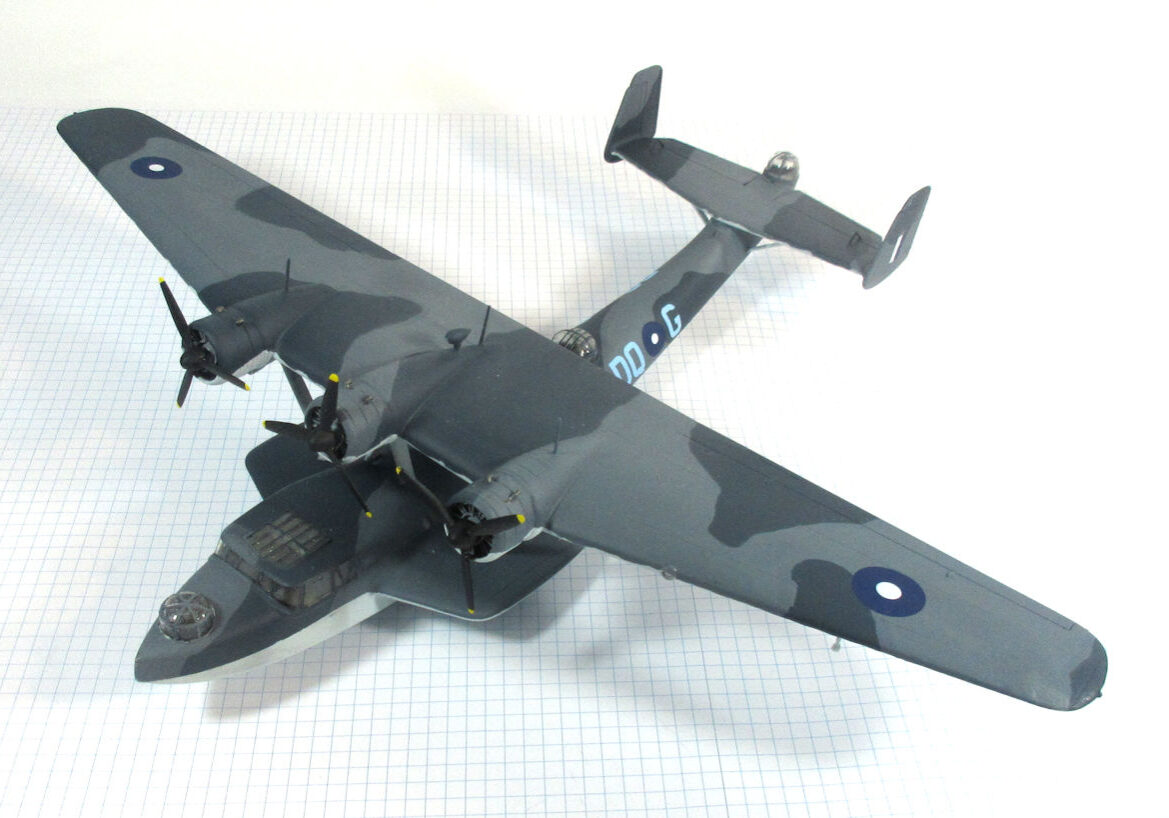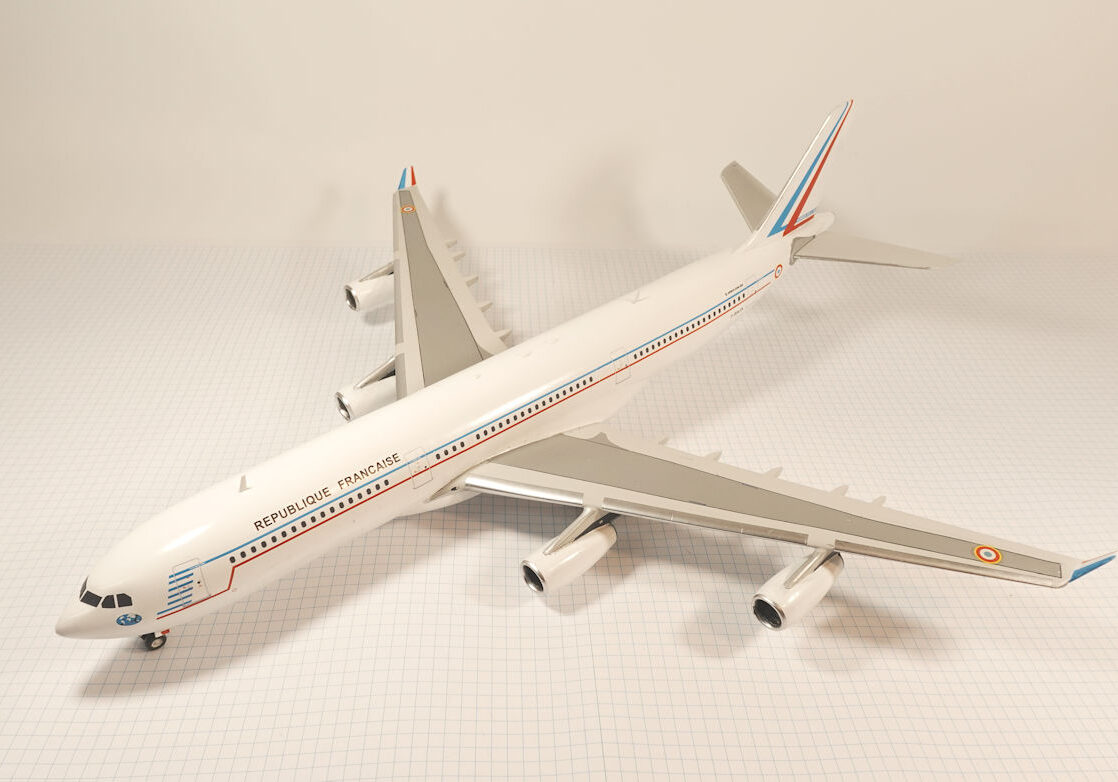History
The Nakajima Ki-44 was unusual for Japanese fighters at the beginning of World War II. Unlike earlier fighters which were designed for manoeuvrebility it was designed for speed and climb, making it as good interceptor.
Unlike earlier Japanese fighters the Nakajima Ki-44 was designed to give preference to speed and rate-of-climb over manoeuvrebility which made it a good defensive interceptor.
The prototype first flew in August 1940, they began entering service in September 1941 and nine aircraft were flown by an experimental unit, 47th Chutai, in the defence of Saigon in December 1941.
At one point they equipped 12 sentai of the Imperial Japanese Army Air Force.
During the early part of the war they were stationed in Sumatra, China, Burma, the Philippines and Korea and later they saw action in the air defence of the Japanese home islands.
Towards the end of the war they were being replaced in service by the more modern and capable Nakajima Ki-84 (Frank).
This model represents a Nakajimi Ki-44 flown by Captain Yukiyoshi Wakamatsu, 2nd Chutai leader of 85th Sentai in Canton, China, 1944.
Hasegawa 1/48 kit painted in Modelmaster enamels with Eduard seat belts and weathered with the salt chipping method and pastels, completed by Wayne.
